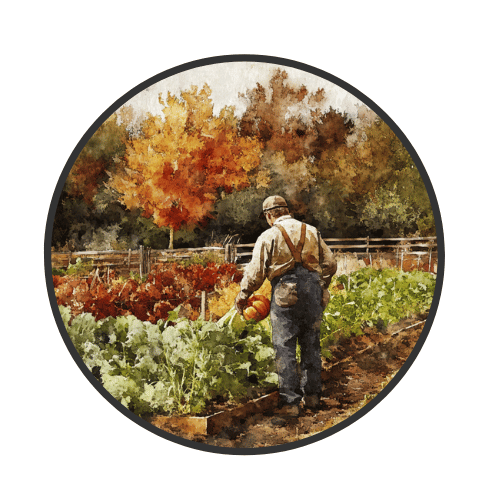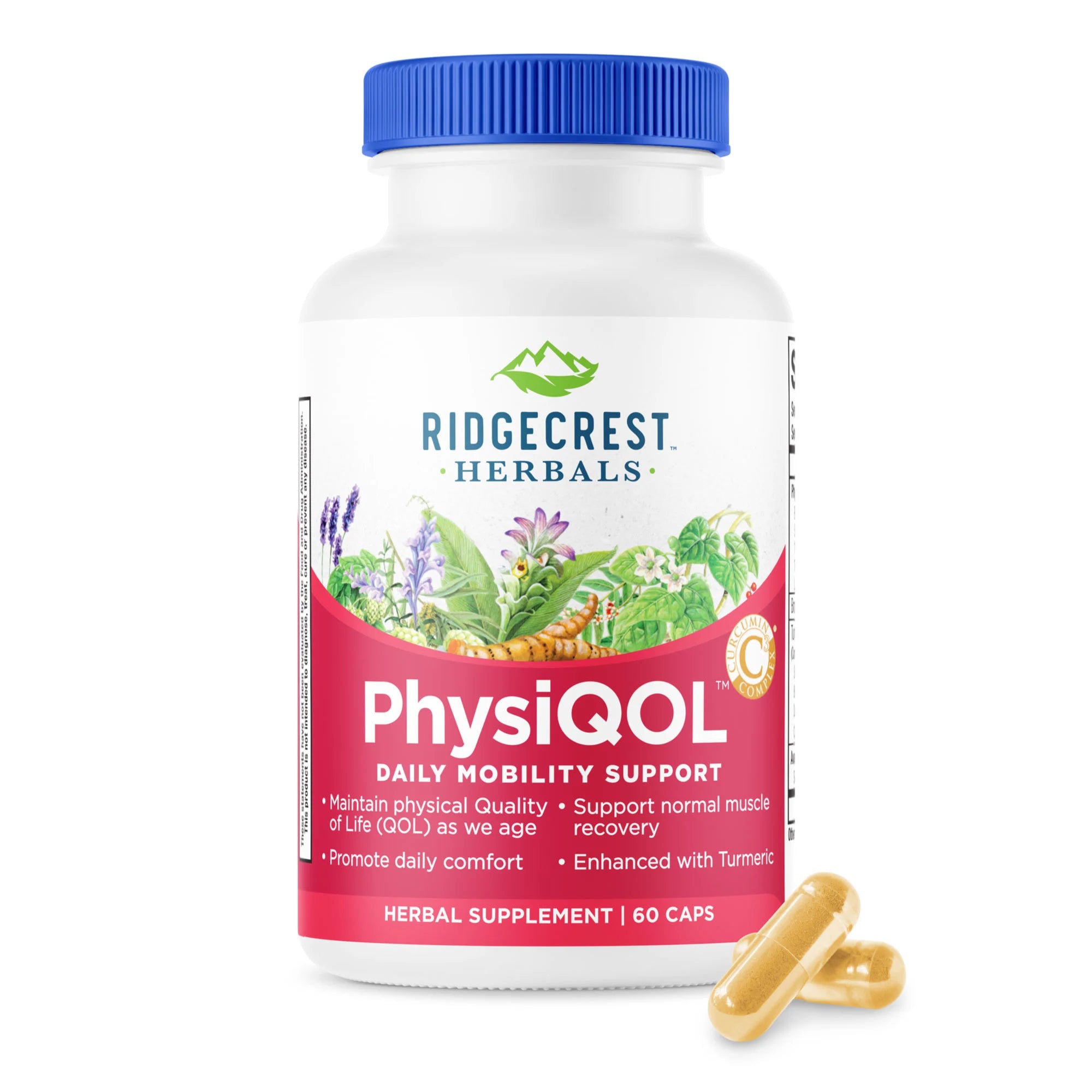As the crisp air of fall settles in, it’s the perfect time to prepare your garden for the changing season. The 2020 Fall Garden Guide is here to help you transition your garden from summer’s lush growth to autumn’s cooler days with ease. This guide is packed with tips to keep your garden thriving. Whether you’re harvesting, planting, or planning ahead, let this guide be your go-to resource for a fruitful and beautiful fall gardening season.
Nichole - Pruning Fruit Trees
- Prune fruit trees during the offseason. Summer pruning removes leaves needed for tree health. You can prune off excessive branches on overly vigorous trees in early summer.
- Young trees should be pruned heavily and fruit removed for the first three years.
- New trees should be cut down to 24”-30” in height, with side shoots trimmed to 1-2 buds. This helps encourage low branching and better rooting.
- Cutting off a vertical branch helps create “bushing” by encouraging horizontal growth. This should be done to new fruiting wood and to thin excessive fruit.
- Horizontal branches bear more fruit, but you need vertical as well. Branches bent to 45 or 60-degree angles help to achieve this balance.
- Remove diseased or broken branches, suckers, water sprouts, and most competing branches growing vertically up into the tree. Remove downward bending branches beyond 90 degrees.
- New growth occurs right where you make the cut, typically within 1-8 inches (not any further).
- Sun-exposed wood remains fruitful and produces the largest fruit. Shaded branches will eventually stop producing.
- Make clean cuts with SHARP pruning shears that are within ¼” of a bud. Do not leave large stubs.
- Peach, nectarine, grape, and kiwi trees bear on last year’s shoot growth. They grow A LOT. Remove at least 50% of last years’ growth. Fig, olive, walnut, chestnut, pecan, almond, cherry, feijoa, persimmon, apple, pear, plum, plumcot, and apricot trees bear on spurs. Only remove about 20% of last years’ growth. For citrus, keep the skirts pruned up off the ground.
- Compost your tree waste and give it back to the tree once it is ready. If you don’t have a compost bin or area, leave it so long as it is healthy waste.
- Clean your pruning shears regularly with isopropyl alcohol to prevent the spread of disease from one tree to another.
Melissa - Cold Storage
The main thing with preserving your fall harvest is to prevent rot. If you don’t can, freeze, dry or preserve your harvest in some way you can store it in a root cellar or basement or even a buried container in your garden. To prevent rot, you want to ensure they are stored in a cool, dry place and if you can layer with straw or soil to keep rot from spreading to the other vegetables. The more you can keep them from touching, the better.
To overwinter your tender flower bulbs dig them up after the first frost. Gently clean the bulb of loose soil and allow to dry in the sun for a day or two. Remove any foliage and diseased plants. Label them and store them in a container similar to what you would store root vegetables in with a bit of sawdust or peat moss to keep your bulbs from touching.
Abbie - Fall Cleanup
When the growing season is over, it's time to clean out those beds! If you have perennial plants, trim them down and cover their bases with mulch to help insulate them during the winter. If you're not sure whether to trim back certain varieties or leave them be, you can always leave them alone until next spring and see if they restart from the base, or if the old branches show new growth. Squash, melon, and other vine plants need to be pulled out entirely and thrown in the trash, NOT the compost bin since these leaves are prone to spread disease to compost piles. Weeds should also be thrown away since their seeds will sprout in your compost pile and become a nuisance the following year. Rake up yard leaves to be used for insulation on garden beds; they give a nutrient boost to the soil as they break down over the winter season.
Will - Seed Gathering
I have great memories of my father, his pockets full of seeds from a hike. with a little work and research you can bring seeds home and grow them yourself. If you have a smartphone take a photo of the plant and note its environment. Then Google how dry will it need to be, if it needs to dry on the plant or can you harvest and let it dry in the house, if you should freeze it for later, and when and how to plant.
It can be as simple as waiting to see the pods on plants mature and open, grabbing the stem below the pod, and shaking it where you want it to grow, or it could be a very carefully controlled process. The results can be surprising, and you could end up with your own special hybrid. I say at that point you give it your own un-official name and continue on by sharing with others.







Leave a comment
All comments are moderated before being published.
This site is protected by hCaptcha and the hCaptcha Privacy Policy and Terms of Service apply.